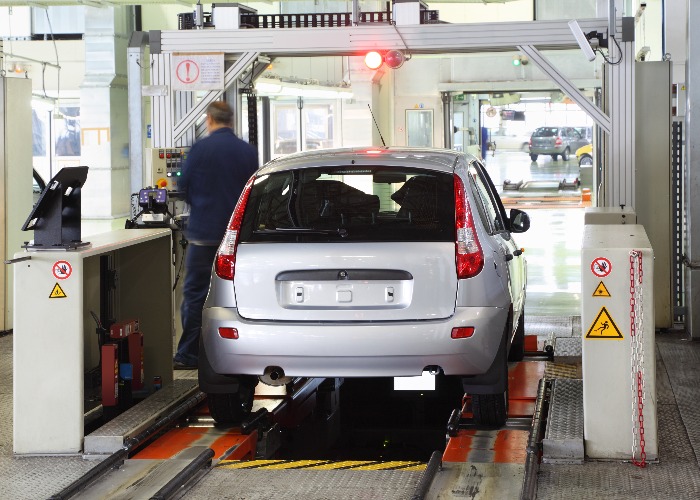Euro NCAP tests & ratings explained: find out how safe your next car is

The Euro New Car Assessment Programme (NCAP) tests offer a good insight into how your new motor will handle an accident.
There are plenty of different factors to consider when the time comes to pick up a new motor.
Perhaps you’re focused on improving your fuel efficiency, ensuring that you get more miles for the pounds you spend at the pump.
It may be that space and the size of the boot is the big consideration for you, or the additional features and gadgets that are designed to make driving less of a chore.
Another important consideration for all drivers should be just how safe the car is, how well equipped it is to cope in the event of an accident.
And there’s one website you can turn to for a pretty good indication of just what level of protection you can expect from your motor.
Need a loan for that new car? Find a cheap rate with loveMONEY
The New Car Assessment Programme
The Euro New Car Assessment Programme (Euro NCAP), funded by members and Governments across Europe, puts cars through a host of tests to work out just how safe they are and score them accordingly.
These tests are broken into four categories.
So with adult occupant protection, the car is assessed on a bunch of front and side impact tests, while with child occupant protection the car is judged on things like how its child restraint systems perform in the case of frontal of side impact, as well as how well it accommodates different sizes and designs for child seats and the like.
The tests don’t just cover the people inside the car either ‒ they also look at how well the vehicle will protect other road users, like cyclists and pedestrians that they may collide with.
And then the final test looks at what technology the vehicle has which can help the driver avoid being caught up in an accident, or at least reduce the impact of any incidents which do occur.
What cars are tested?
There are an awful lot of different cars released each year, let alone the many different variants of those new models, so Euro NCAP makes clear that it can’t test everything.
As such it sticks to a selection of motors that it reckons are the most popular and interesting launched that year. For example, in its latest batch of tests, it looked at the likes of the Skoda Scala, the Mercedes-Benz B-Class and the Kia Ceed.
Euro NCAP has a host of sponsors who can nominate one vehicle to be tested, while manufacturers can sponsor their own cars for assessments too.
It’s obviously a good selling point for them to be able to point to a strong performance in these safety tests, though Euro NCAP makes clear that it goes to dealers to pick up the models just as normal drivers would, to ensure they are testing cars that are actually available rather than ones that may have benefitted from some helpful ‘additions’ from the manufacturers in order to guarantee a better score.
The ratings

If you have a quick search on the Euro NCAP website you can find the results of testing for an absolute lorry load of different cars. You’ll get a percentage score for the four main areas of tests, and then an overall star rating out of five.
One extra feature that I really like is that you can actually watch a video of the testing of some models, while the overall report can be downloaded as a PDF file.
It’s notable that in order to get a five-star rating the car will need to have some form of technology included that helps cut the likelihood of accidents.
In fact, this is how Euro NCAP describes vehicles that attain that score: “Overall good performance in crash protection, well equipped with robust crash avoidance technology”.
By contrast, two-star vehicles have “nominal” crash protection and explicitly lack crash avoidance tech, while one-star cars have just “marginal crash protection”.
It’s worth noting that some cars have two ratings.
One of those ratings will cover the vehicle as sold with its standard security fixtures, while a second will include any additional safety features that you can pay a bit extra for.
Need a loan for that new car? Find a cheap rate with loveMONEY
Buying outside of Europe
A final point to bear in mind is that these tests only cover models as sold in Europe. It may be that a manufacturer sells an identically named model outside the continent, but it may have slightly different safety features.
So if you reckon you could save a few quid buying the model from the US and having it shipped over, then you can’t rely on the safety rating from Euro NCAP.
Do you pay attention to safety ratings when you buy a new car? Is there anything you consider more important? Let us know in the comments section below.
Comments
Be the first to comment
Do you want to comment on this article? You need to be signed in for this feature